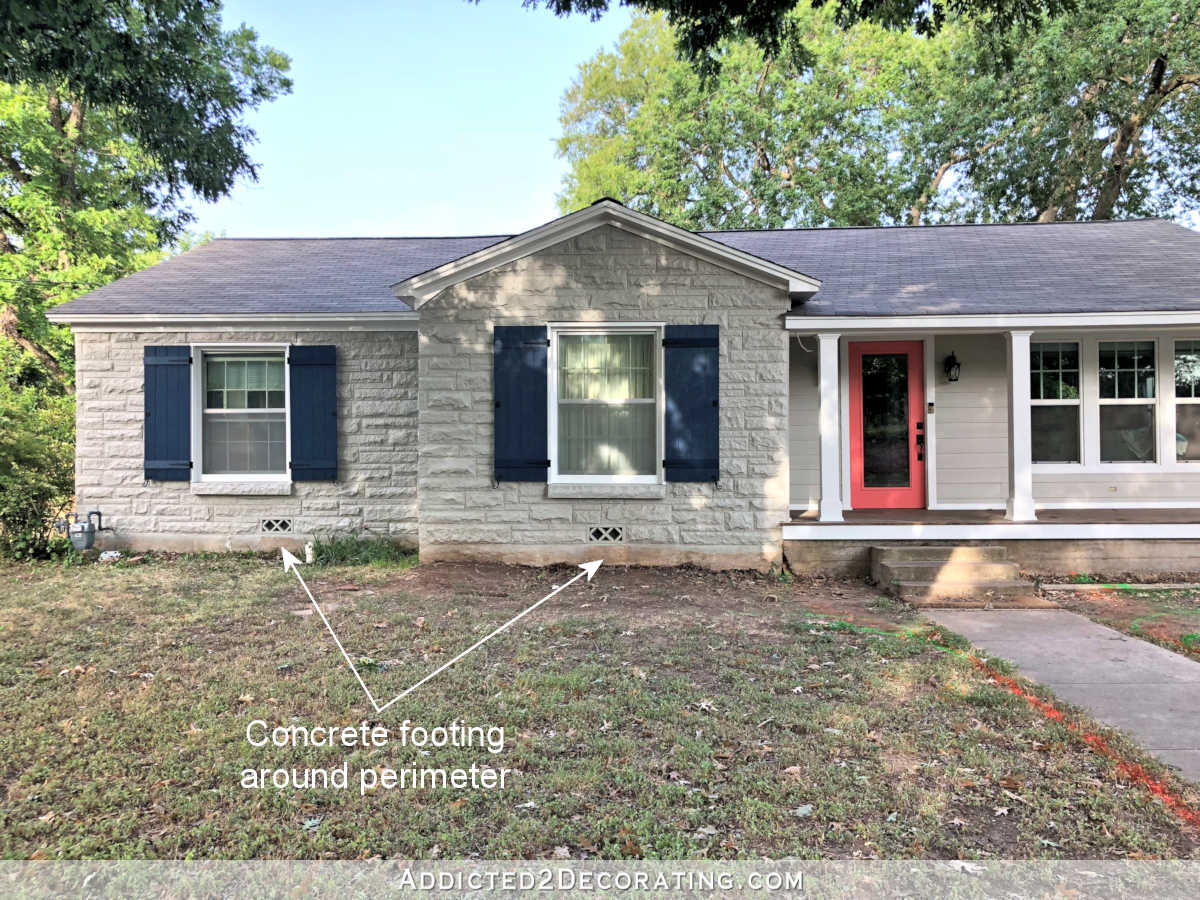
Okay, properly, that could be overstating it only a bit. Or quite a bit. I simply thought I’d begin my day by getting a few of you riled up. I’m feeling a bit feisty at this time. 😀 So sure, it’s a little bit of an overstatement to say {that a} pier and beam basis is “far superior” to a slab basis. Actually, the kind of basis required (or allowed) for a home will largely rely on issues like (1) location and customary constructing practices for that space, (2) the local weather of a specific space, and (3) the kind of soil on which the home is being constructed. There are such a lot of components that go into figuring out what’s greatest for what space, and people choices are greatest left to the engineers in that space.
However since I discussed the opposite day that I’d all the time favor to reside in a pier and beam home, and no less than one particular person was very shocked by that and puzzled what my reasoning is for that call, I believed I’d share my ideas and experiences in a submit quite than a remark.
I occur to reside in an space that has each pier and beam homes and homes constructed on slab foundations. (Whereas basements aren’t customary on this space, there are some homes with basements, in order that’s a complete totally different class.) So we really had a selection. We might have purchased a home on a concrete slab basis, however I all the time knew that I wished a pier and beam home. And I’d all the time select pier and beam 100% of the time. However earlier than I clarify why, let me make certain we’re all caught up on what, precisely, I’m speaking about.
What’s a pier and beam basis?
A pier and beam basis home is constructed in order that the ground is raised up off of the bottom with room sufficient beneath the ground of the home that an individual can get beneath there and crawl round (therefore the title “crawl house”).
The perimeter of the home could be concrete piers, or it may be a stable concrete footing throughout the perimeter of the home, which is what ours is. That is an previous image that I discovered of our home, taken earlier than we had the brand new sidewalk poured, earlier than I constructed the brand new steps and hand rails, and earlier than we had new home windows put in. However you’ll be able to see the stable concrete footing across the perimeter that’s above floor stage.
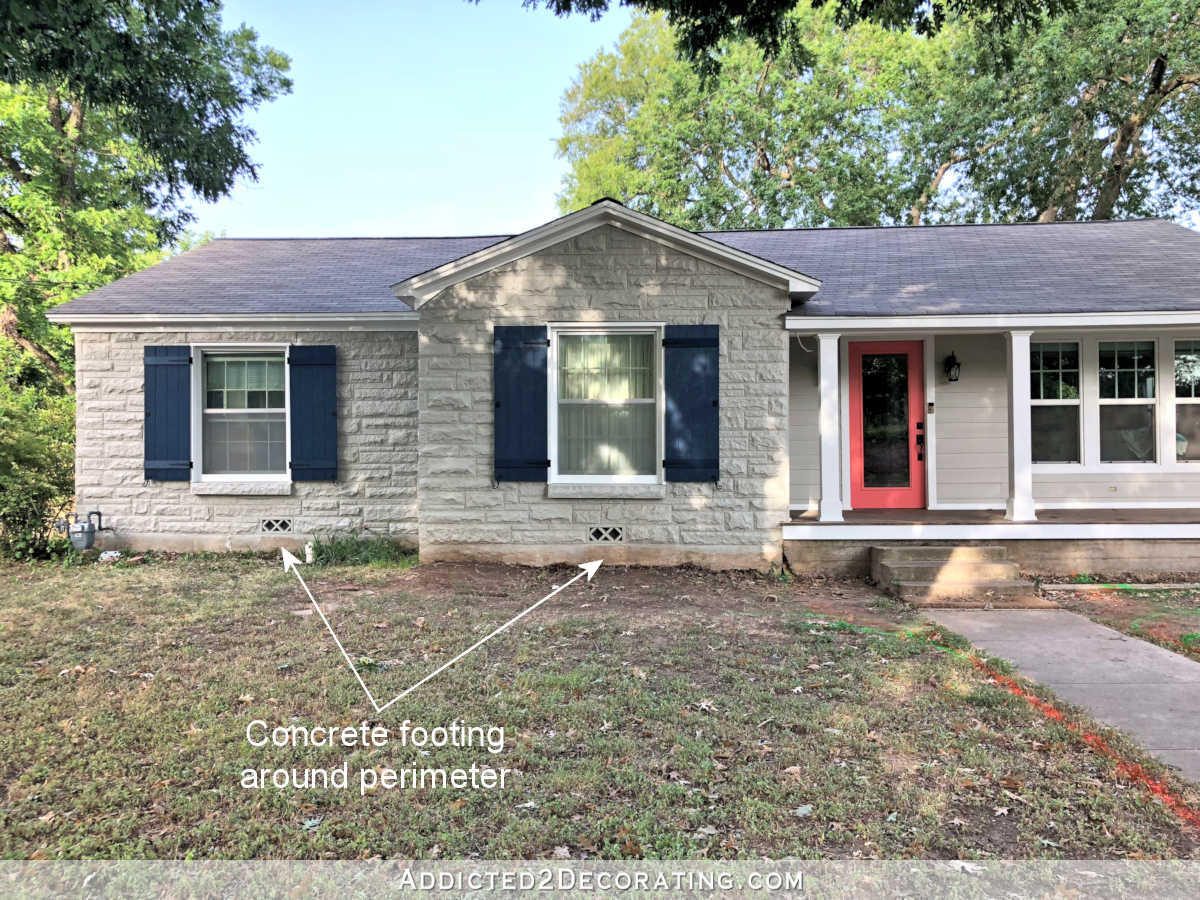
However the flooring of our home doesn’t begin on high of that footing. As a result of simply above that concrete footing, you’ll see vents. These vents are venting our crawl house beneath the ground of our home.
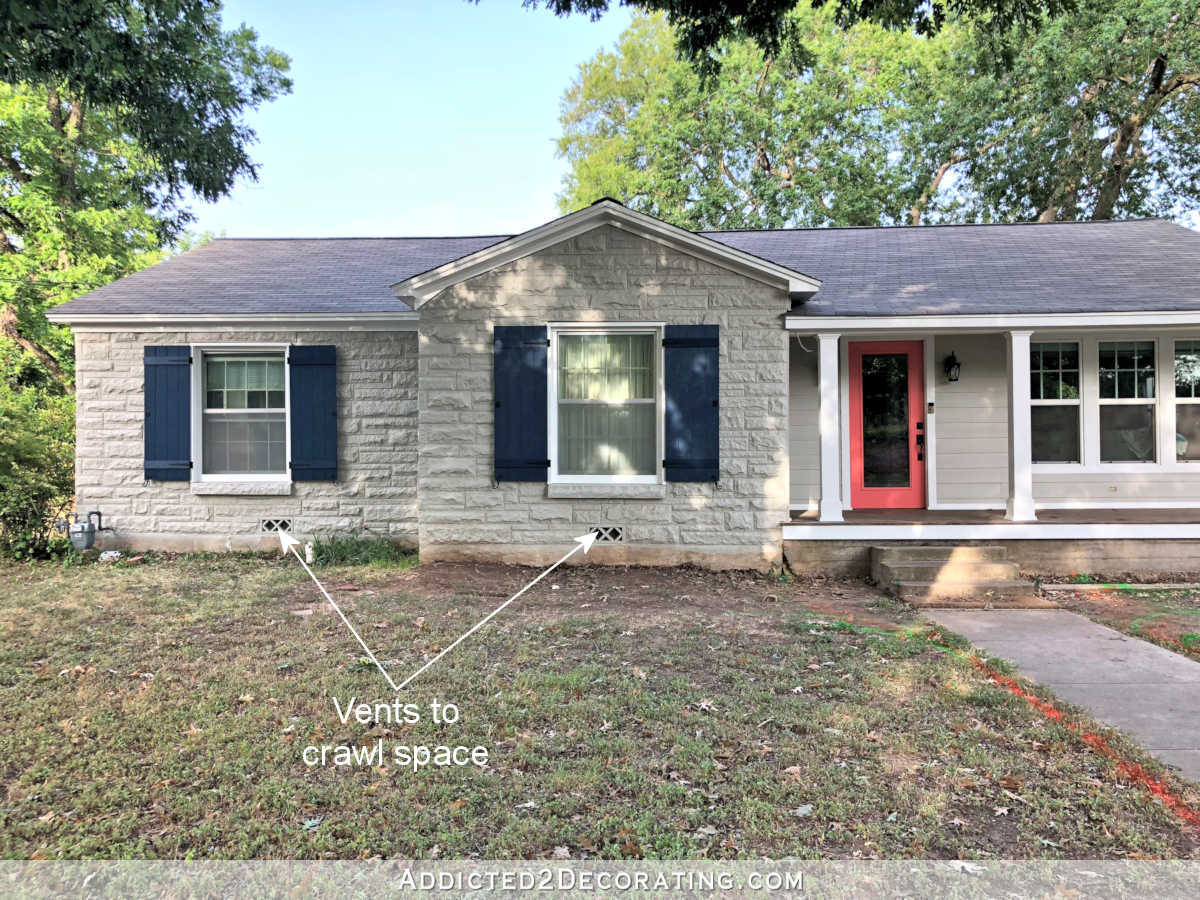

So the ground of our home is someplace above these vents. You may see the place our entrance door is, and it opens stage with the ground in the home.
However not all pier and beam homes have that concrete footing across the perimeter. My grandmother’s home in east Texas (Henderson) didn’t have that, no less than not in the back of the home. Her crawl house was open to the surface. You would stand exterior the home within the again and see beneath the home. My mother lastly blocked it with siding or one thing like that simply to maintain animals from getting beneath there, however it was open.
So with my grandmother’s home, as a result of the crawl house beneath her home was accessible from the surface, she didn’t want inside entry to her crawl house. However as a result of our home has the concrete footer round the entire perimeter, we now have to have a scuttle gap inside our home to entry the crawl house. That gap is within the residence gymnasium flooring within the closet space. This part of flooring within the nook of the closet space comes up if somebody must get beneath the home. And it’s a good squeeze to get beneath there!
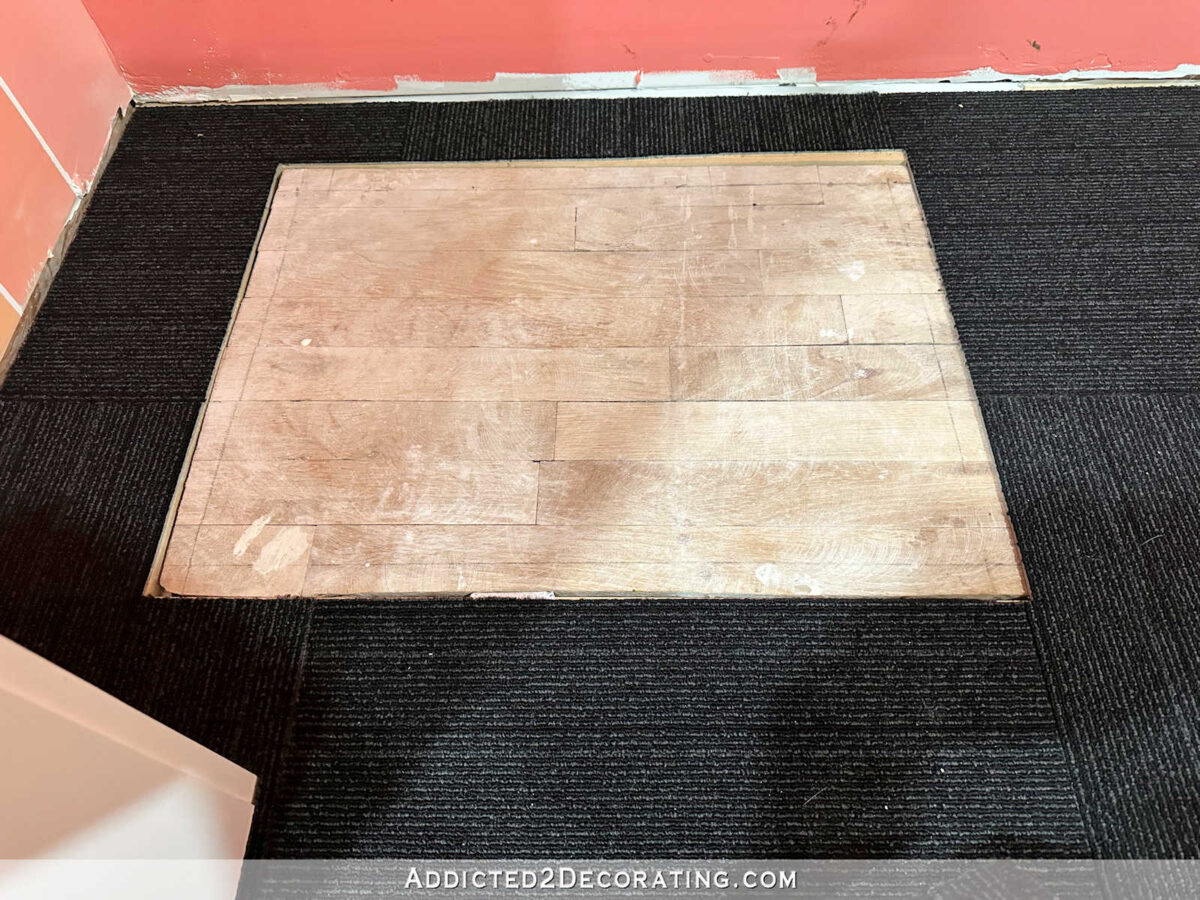

So whereas the perimeter could be accomplished in several methods, the center of a pier and beam home is fairly customary. There are concrete piers spaced based on regardless of the constructing code requires (or required when the home was constructed). After which spanning throughout these concrete piers are huge wooden beams. After which on high of the beams, perpendicular to the beams, are the ground joists. After which on high of the ground joists are the subfloor after which the flooring.
So right here’s a have a look at what was beneath our rest room flooring as soon as we took out the hardwood flooring and the subfloor. Pay no consideration to the cinder blocks. I do not know why these have been beneath there. They served no structural function in any respect, and we eliminated them, so that they’re not beneath there. However from the bottom up, you see (1) concrete pier, (2) steel shims (defined later), (3) wooden beams, (4) flooring joists. After which on high of the ground joists can be (5) subfloor (i.e., plywood), and (6) flooring. It’s also possible to see one other vent beneath and to the fitting of the door. It seems like a white rectangle, however that’s a vent with daylight coming by way of.


Along with the construction, you’d even have issues like insulation and vapor barrier, based on present constructing codes.
So that’s the construction of a fundamental pier and beam basis. Distinction that with a slab basis, which is a slab of concrete poured at floor stage. Now that you just’ve seen a pier and beam basis, let’s transfer on to the necessary stuff…
Why I Will All the time Select A Pier And Beam Basis Over A Concrete Slab Basis
The underside line is that pier and beam foundations are far simpler to keep up, simpler to restore, and provide much more flexibility.
For instance, after I acquired prepared to rework our kitchen again in 2014, I knew I wished the kitchen organized in a totally totally different format than the unique. Within the authentic kitchen, the sink was on the again wall that it shares with the sunroom.
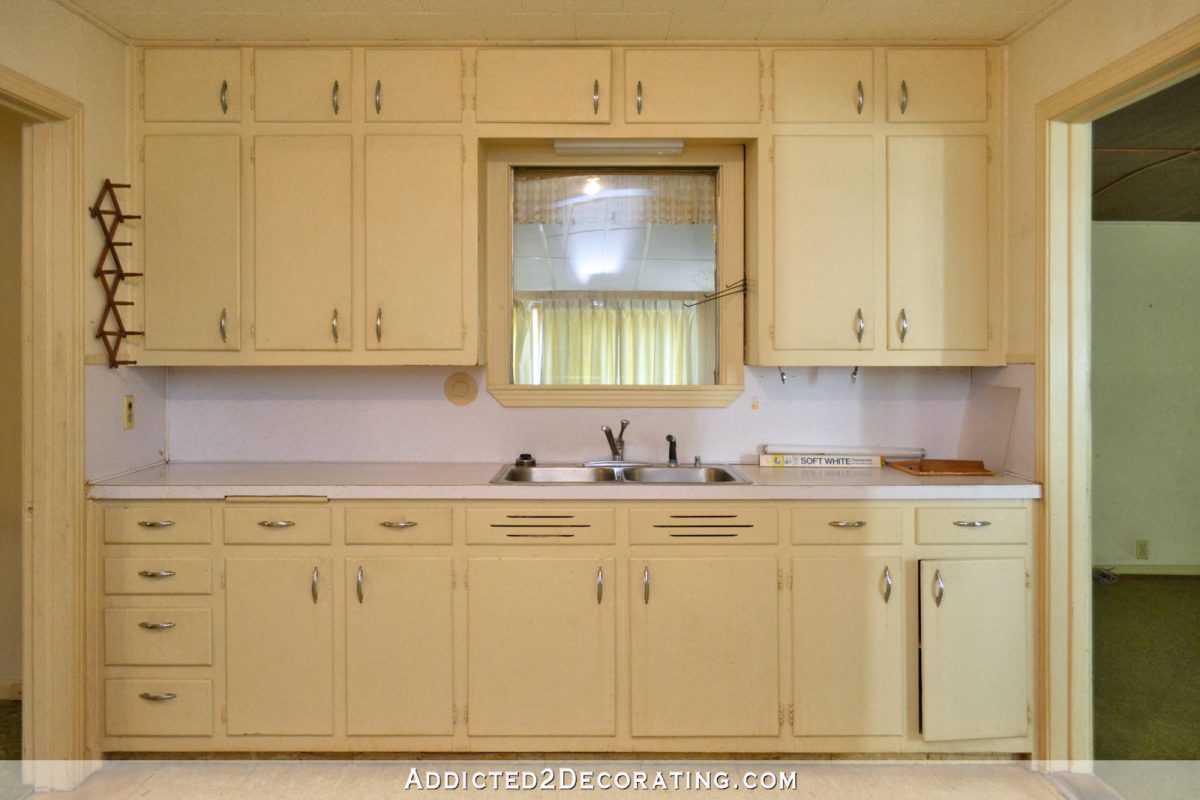

And the gasoline line was on the aspect the place the peninsula now’s. (That room past the wall is now the breakfast room/sitting room, with that door resulting in my studio)…


I knew I wished issues fully rearranged, so I had a plumber come out and put issues the place I wished them. He crawled beneath the home, and inside about two hours, he had the traces for the sink within the space the place the gasoline line was once within the picture above, and that space now seems like this…
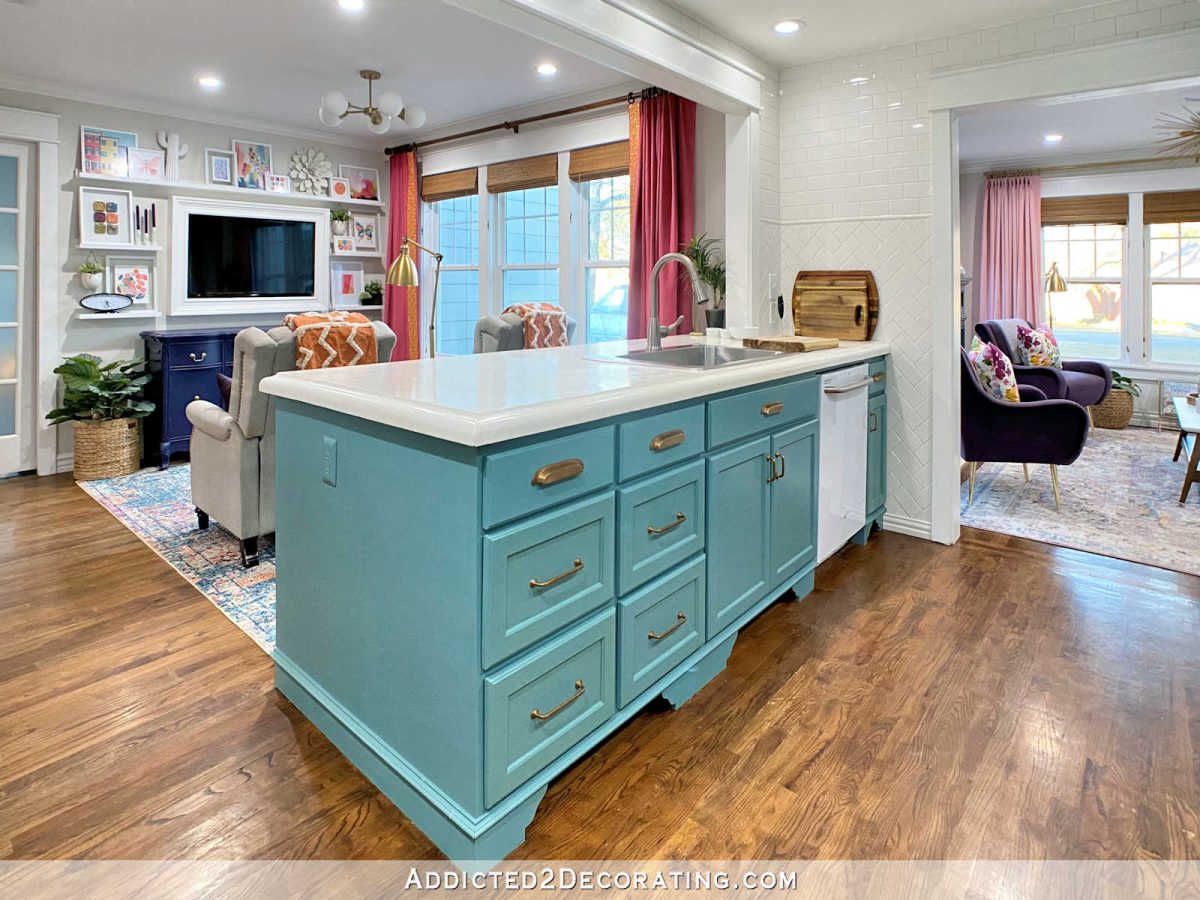

And he moved the gasoline line to the opposite aspect in order that I might have my range on the other wall. He additionally ran a water line for the fridge whereas he was beneath there.
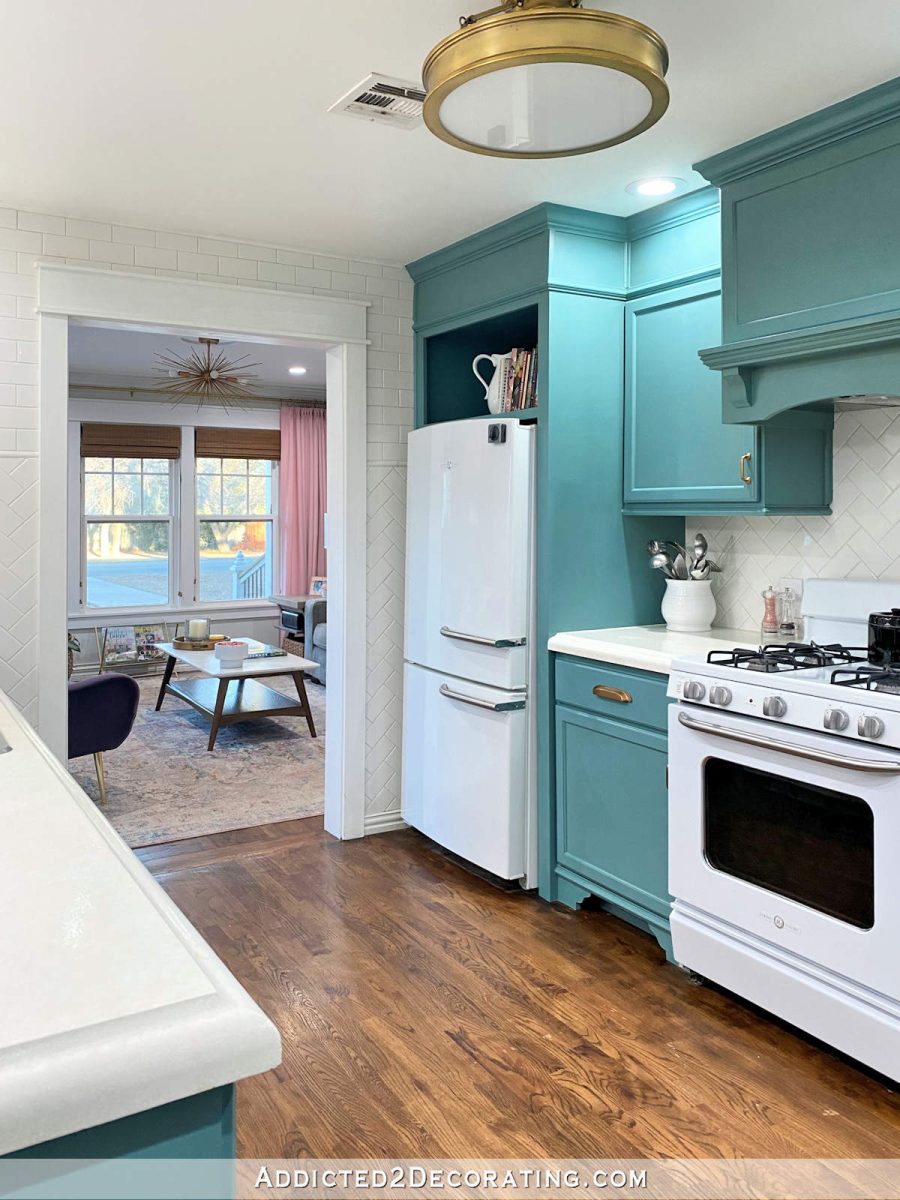

Once more, that work took him and his helper about two hours, and value us about $500. After which he left, and I used to be able to DIY my new kitchen with the plumbing and gasoline fully rearranged and proper the place I wished them.
Now examine that to my mother’s rest room rework. Her home is on a concrete slab basis. When she wished to rework and develop her grasp rest room and rearrange the location of the bathroom, the bathe, and the sinks, that required the contractor coming in with a jackhammer to bust up her slab basis. This was very exhausting work. It was work that produced mud that discovered its approach into her total home, no matter how a lot they tried to dam off the work space. It was LOUD work. Right here’s what that course of appeared like…
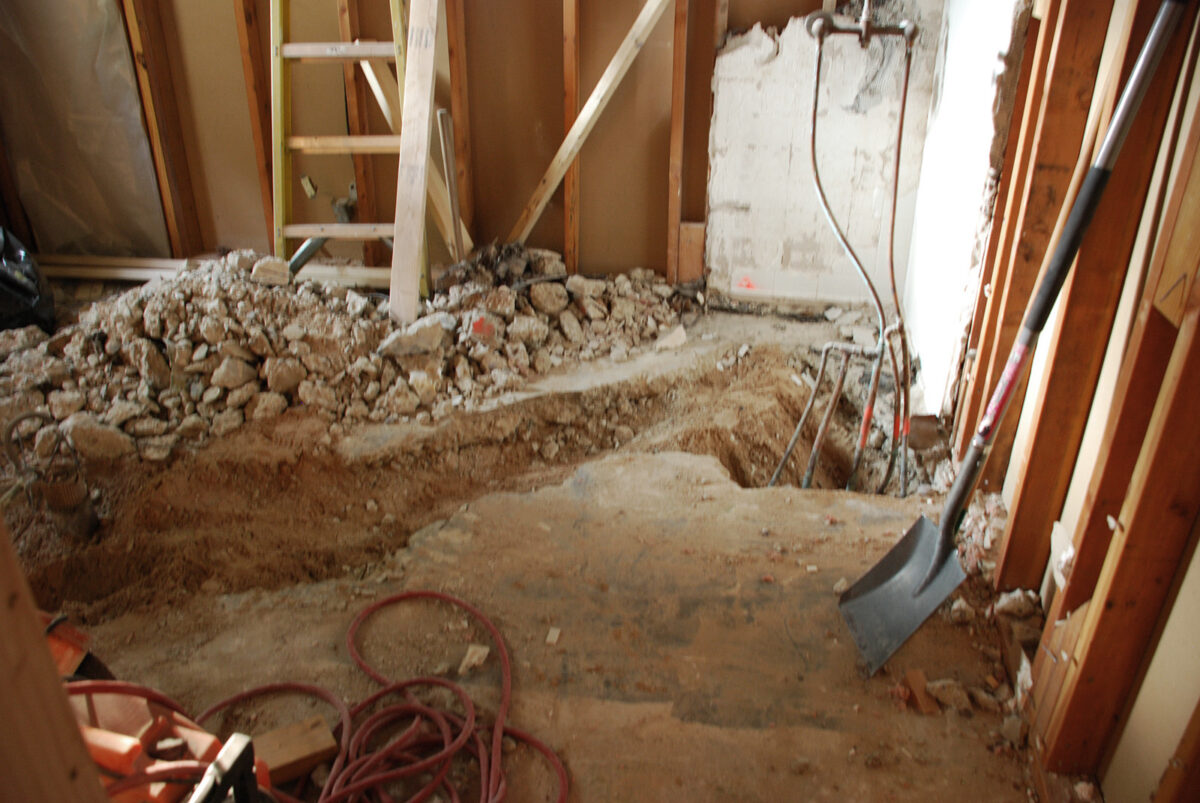



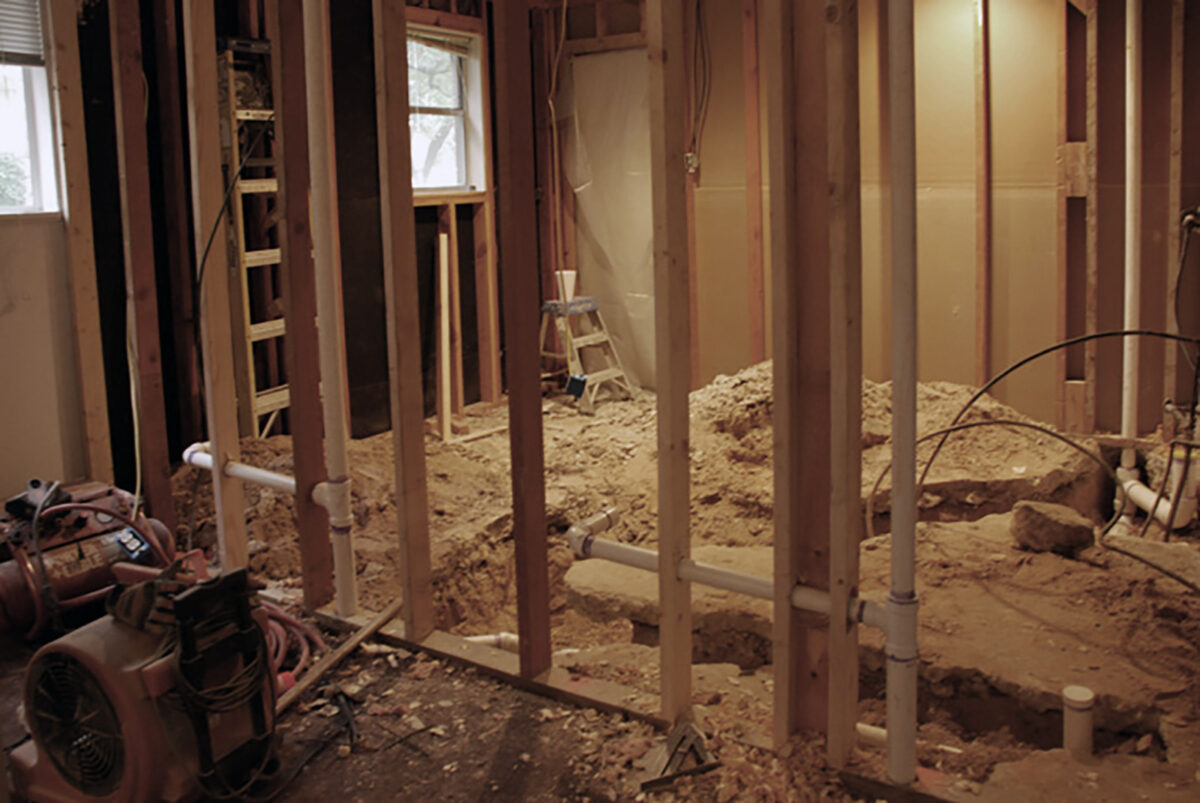

After which as soon as that they had the brand new pipes the place they wanted to be, they pushed the grime again into the trenches, coated it with a moisture barrier, added rebar…
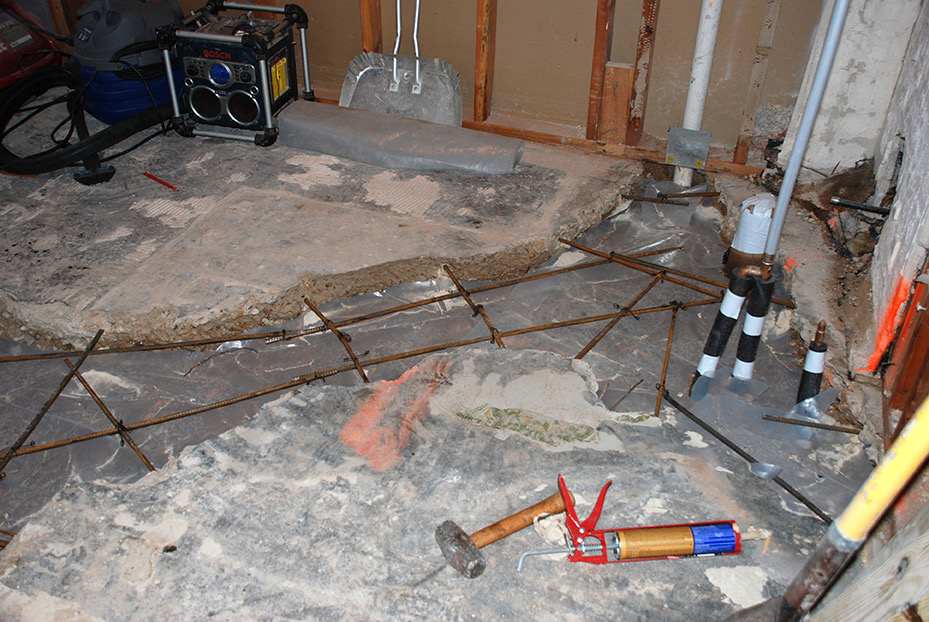



After which coated the world with new concrete.


That didn’t take two hours and value $500. 😀 I don’t bear in mind precisely how lengthy that took, however it was no less than a couple of days. Perhaps per week. Perhaps longer. And paying for that labor value 1000’s of {dollars}. There’s simply much more flexibility and ease with a pier and beam basis. And that’s true relating to plumbing repairs as properly.
It’s true that pier and beam foundations might have to be leveled once in a while, however once more, that can rely on local weather and soil circumstances. However that’s typically not troublesome work. Fundamental home leveling work is a matter of climbing beneath the home with some jacks and a few small steel shims (which you noticed and I identified within the picture above of the muse beneath our rest room flooring). When the employee inside the home finds a low spot (which he locates by merely utilizing a laser or bubble stage on the ground inside), the particular person beneath the home makes use of the jack to raise that beam up a bit and slide a steel shim or two between the pier and the beam, leading to a stage flooring.
And slab foundations aren’t proof against turning into unlevel. They will additionally crack, which is a standard downside in our space with our soil and our lengthy, dry summers. There are various slab basis houses on this space of central Texas with cracked foundations. A few of them have giant cracks working clear from entrance to again down the center of the home, and fixing a cracked slab basis could be very pricey and time-consuming. It may be accomplished, however so many owners discover it to be completely cost-prohibitive, particularly contemplating that there’s no assure that it received’t occur once more, that they only reside with the cracked basis and hope that it doesn’t trigger severe structural harm down the highway.
The underside line is that pier and beam foundations are dearer to construct, however the upkeep and suppleness with them can save 1000’s and 1000’s of {dollars} over the lifetime of the home. Slab foundations are cheaper to construct, however the prices of restore and transforming could be very pricey over the lifetime of the home.
However once more, there are execs and cons to each. It’s actually only a matter of choice in case your space is one by which you’ve got a selection between the 2. And in case you do have the selection, the selections have to be made with issues in thoughts which can be specific to your space, like the kind of soil, the local weather, and so forth. What looks like a transparent winner to me primarily based on circumstances right here in central Texas will be the absolute mistaken determination for somebody dwelling in very totally different circumstances.
Addicted 2 Adorning is the place I share my DIY and adorning journey as I rework and enhance the 1948 fixer higher that my husband, Matt, and I purchased in 2013. Matt has M.S. and is unable to do bodily work, so I do nearly all of the work on the home on my own. You can learn more about me here.







